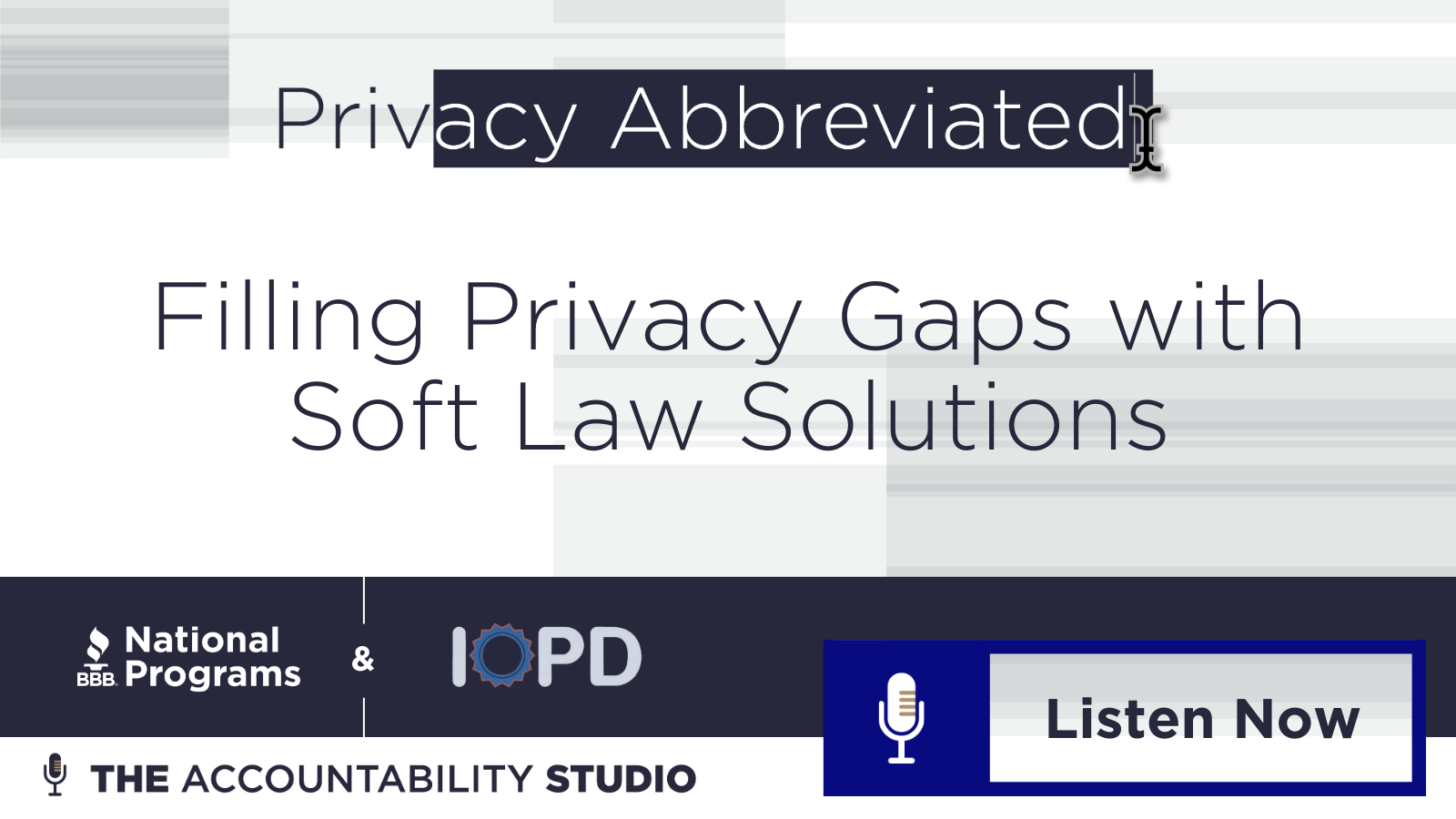Navigating Privacy Laws: Essential Guidelines for Compliance


Navigating Privacy Laws: A Comprehensive Guide to Compliance
In the ever-evolving landscape of digital interactions, privacy laws play a crucial role in safeguarding individuals’ sensitive information. This article explores essential privacy law guidelines to assist businesses and individuals in achieving compliance and fostering trust.
Understanding Privacy Regulations: The Foundation of Compliance
Privacy regulations vary across jurisdictions, and the first step toward compliance is a thorough understanding of these laws. Familiarize yourself with data protection regulations, privacy frameworks, and any industry-specific guidelines that may apply. This foundational knowledge is essential for tailoring privacy practices to meet specific legal requirements.
Implementing Transparent Data Practices: Building Trust with Users
Transparency is a cornerstone of privacy compliance. Clearly communicate to users how their data is collected, processed, and stored. Implement privacy policies that are easily accessible and written in plain language. Building trust through transparent data practices is not only a legal requirement but also a crucial aspect of maintaining a positive reputation.
Data Minimization and Purpose Limitation: Limiting Information Usage
Privacy law guidelines often emphasize the principles of data minimization and purpose limitation. Collect only the data necessary for the intended purpose, and refrain from using it for any other reasons without explicit consent. Adhering to these principles ensures that data usage remains aligned with users’ expectations and legal standards.
User Consent: Obtaining Informed and Explicit Approval
User consent is a fundamental aspect of privacy compliance. Privacy law guidelines stress the importance of obtaining informed and explicit consent before collecting or processing personal information. Ensure that users are aware of the purpose of data collection and provide them with the option to opt in or opt out, depending on the nature of the processing.
Securing Data: Protecting Against Unauthorized Access
Security is paramount in privacy law compliance. Implement robust measures to secure data against unauthorized access, breaches, and cyber threats. Encryption, access controls, and regular security audits are essential components of a comprehensive data protection strategy.
Cross-Border Data Transfers: Adhering to International Standards
In our interconnected world, businesses often engage in cross-border data transfers. Privacy law guidelines require adherence to international data transfer standards. Implement mechanisms such as standard contractual clauses or binding corporate rules to ensure that data is transferred legally and with due consideration for privacy regulations.
Incident Response Planning: Swift Action in the Event of Breaches
No system is entirely immune to data breaches. Privacy law guidelines stress the importance of having a robust incident response plan. Prepare for swift and effective action in the event of a data breach, including notifying affected parties and relevant authorities as required by law.
Data Subject Rights: Facilitating User Control
Privacy laws grant individuals specific rights over their personal data. Understand and respect these rights, which may include the right to access, rectify, or delete their information. Establish processes to facilitate users’ exercise of these rights, demonstrating a commitment to respecting individual privacy.
Regular Compliance Audits: Ensuring Ongoing Adherence
Privacy law compliance is not a one-time effort but an ongoing commitment. Conduct regular privacy compliance audits to assess the effectiveness of implemented measures, identify areas for improvement, and ensure that the organization continues to meet evolving legal standards.
Training and Awareness Programs: Empowering Personnel
A well-informed staff is critical to privacy law compliance. Implement training and awareness programs to educate employees about privacy regulations, their responsibilities, and the organization’s commitment to data protection. An empowered workforce contributes to a culture of privacy within the organization.
In conclusion, navigating privacy laws requires a multifaceted approach. By understanding regulations, implementing transparent practices, ensuring data security, obtaining user consent, facilitating data subject rights, and maintaining ongoing compliance efforts, businesses and individuals can navigate the complex landscape of privacy laws successfully. For more insights on Privacy Law Guidelines, visit greatblogabout.org.






